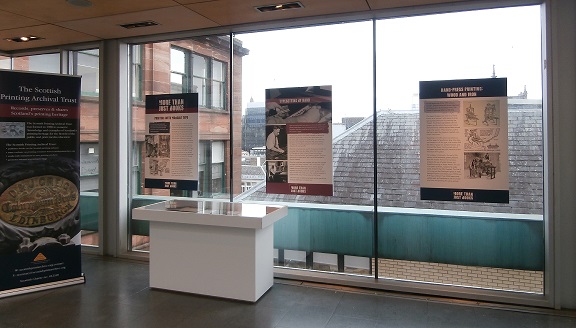 As part of the celebration of its 30th anniversary, the Scottish Printing Archival Trust held an exhibition on the history of print production in Glasgow in the Lighthouse, the Glasgow Herald’s former printing works.
As part of the celebration of its 30th anniversary, the Scottish Printing Archival Trust held an exhibition on the history of print production in Glasgow in the Lighthouse, the Glasgow Herald’s former printing works.
Glasgow’s printing industry dates back to the 17th century. The earliest printers are best known for the production of books, but Glasgow’s industry was much more than that. In the 19th and 20th centuries newspaper and periodical production, and printing for business were major enterprises, operating large printing offices in the city centre and employing many people.
George Anderson was the first printer in Glasgow. He was invited to the city in 1638 and remained u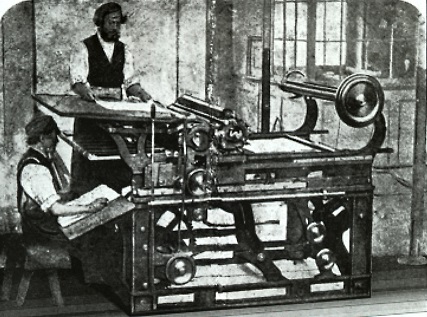 ntil his death in 1647. The print trade was originally based around the old city centre near the market cross, at the junction of the High Street, Saltmarket, Trongate and Gallowgate. Glasgow’s printing industry expanded and the centre of the trade shifted west with the commercial centre as the city grew, and there were large printing works in the area around Buchanan Street. Three master printers became Lord Provost of Glasgow, which shows the importance of the industry to the city’s economy: James Lumsden (1842–46), John Blackie (1863–66) and Sir William Collins (1877–880).
ntil his death in 1647. The print trade was originally based around the old city centre near the market cross, at the junction of the High Street, Saltmarket, Trongate and Gallowgate. Glasgow’s printing industry expanded and the centre of the trade shifted west with the commercial centre as the city grew, and there were large printing works in the area around Buchanan Street. Three master printers became Lord Provost of Glasgow, which shows the importance of the industry to the city’s economy: James Lumsden (1842–46), John Blackie (1863–66) and Sir William Collins (1877–880).
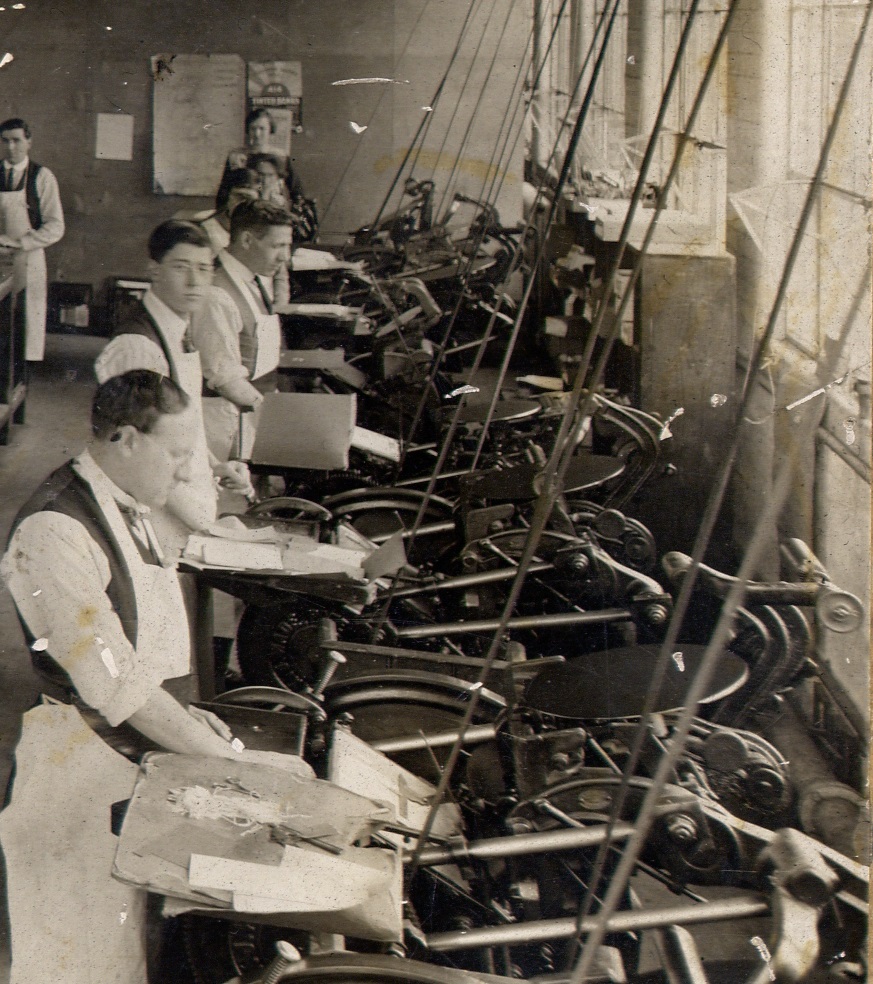 The first of these, James Lumsden, was a stationery manufacturer. As well as large-scale book and newspaper printer-publishers, stationery manufacture and wholesaling mad up a significant part of Glasgow’s print trade, supplying among other things ruled paper, ledgers, and school exercise books.
The first of these, James Lumsden, was a stationery manufacturer. As well as large-scale book and newspaper printer-publishers, stationery manufacture and wholesaling mad up a significant part of Glasgow’s print trade, supplying among other things ruled paper, ledgers, and school exercise books. 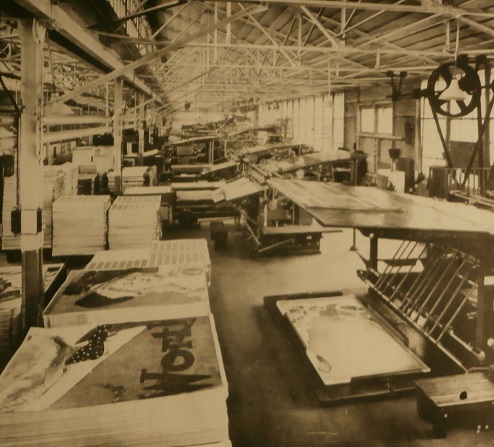 Glasgow printers pioneered the new process of lithographic printing, and the city became a major centre of label printing for the whisky and mineral water industries.
Glasgow printers pioneered the new process of lithographic printing, and the city became a major centre of label printing for the whisky and mineral water industries.
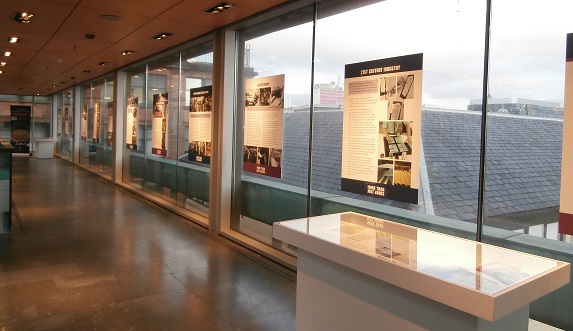
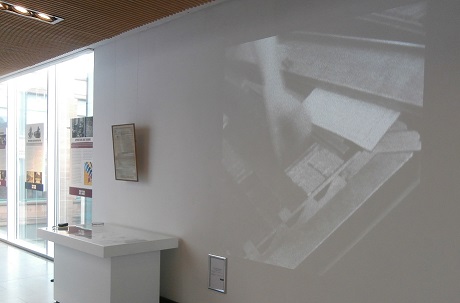
 SPRAT is grateful for support from The Watson Foundation
SPRAT is grateful for support from The Watson Foundation